How Does a Waste Oil Heater Work
- March 19, 2024
- 0 comment
In an era where sustainability is key, the quest to repurpose waste into valuable resources is gaining momentum. Among these innovative practices is the crafting of DIY waste oil heaters, championed for their ability to provide warmth without cost and their eco-conscious approach. These heating devices operate on repurposed oil, presenting an alternative to traditional heating methods and offering potential savings on energy expenses. Before embarking on creating one of these heaters, it’s essential to understand the mechanics behind a waste oil heater. One might wonder about its true environmental impact and the actual financial benefits it may offer.
What Is Waste Oil?
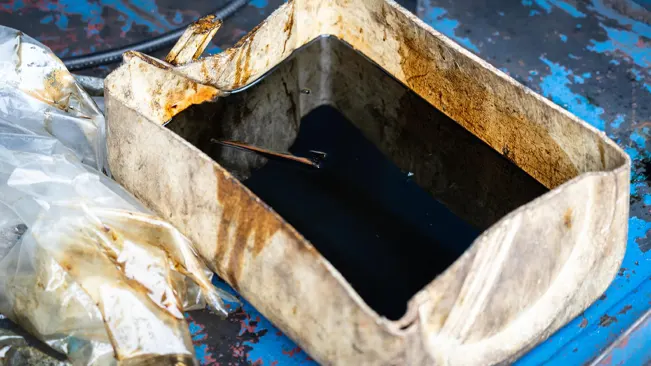
Waste oil refers to any petroleum-based or synthetic oil that, through contamination, use, or aging, has become unsuitable for its original purpose. This includes a wide range of oils from various sources, such as motor oils, lubricants, and cooking oils, which have become contaminated with impurities or degraded over time. Once oil is used and acquires impurities such as dirt, metal scrapings, water, or chemicals, it cannot be efficiently used for its intended function without undergoing a purification or recycling process. Waste oil can pose significant environmental hazards if not properly managed or disposed of, but it can also be a valuable resource when recycled and repurposed for other uses, such as in waste oil heaters, where it’s used as fuel for generating heat.
The Process
Combustion Heating
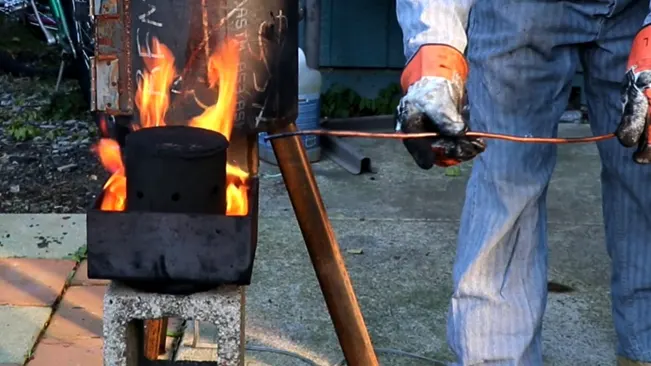
This traditional method involves burning fuel, such as natural gas, oil, or wood, in a furnace or boiler. The heat produced from the combustion process warms up air or water, which is then circulated throughout the space or building. In the case of radiators or hydronic systems, hot water is distributed through pipes to release heat. For forced-air systems, the heated air is blown through ducts by fans.
Electrical Resistance Heating
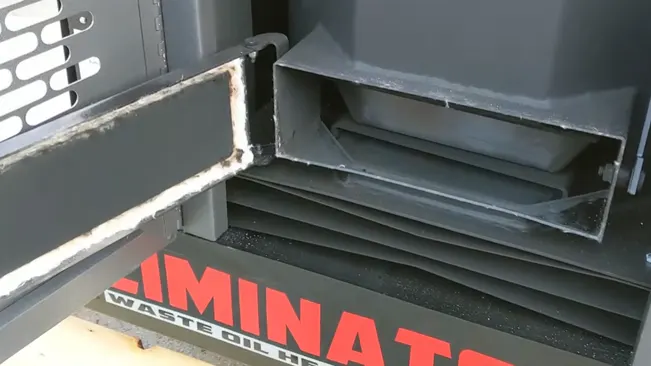
Common in portable heaters and electric baseboards, this method passes electricity through a resistive element, causing it to heat up. As air comes in contact with the heated element, it warms up and rises into the room, while cooler air is drawn in to be heated, creating a convection current that distributes warmth throughout the space.
How Eco-Friendly is a Used Oil Heater
Recycling Waste
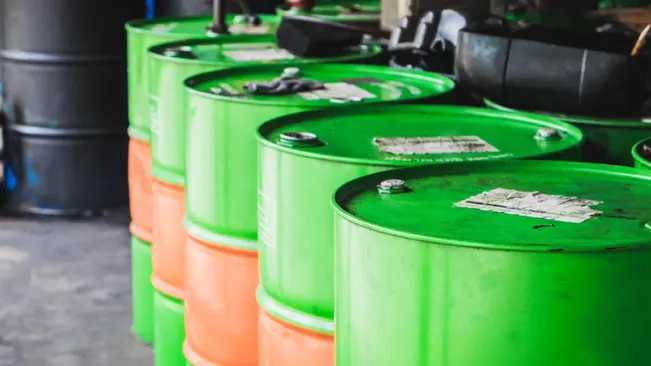
The process of repurposing waste oil for heating is a prime example of a circular economy, where products, materials, and resources are kept in use for as long as possible. When used oil is converted into a heating source, it prevents the oil from being disposed of improperly, which could lead to hazardous leaks that contaminate soil and groundwater. This practice not only conserves the raw materials that would be needed to produce new heating oil but also aligns with sustainability goals by reducing waste and preventing environmental pollution.
Emissions

The environmental impact of emissions from used oil heaters is multifaceted. The type of oil being burned whether it is motor oil, cooking oil, or another type—along with the efficiency and design of the heater, plays a significant role in determining the cleanliness of the combustion process. Advanced used oil heaters are designed to burn the fuel cleanly, minimizing the release of harmful pollutants such as carbon monoxide, nitrogen oxides, and particulate matter, which can contribute to air pollution and respiratory health issues. However, the effectiveness of these emission controls can vary, and the cleanliness of the fuel itself is a crucial factor. Proper maintenance and operation are essential to ensure that the heaters function within environmentally acceptable standards.
Efficiency
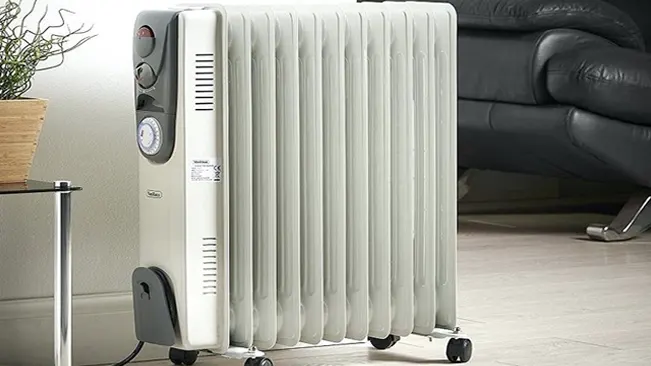
The efficiency of a used oil heater is determined by its ability to convert a high percentage of the fuel’s energy content into usable heat. High-efficiency models maximize this conversion, which means less waste oil is needed to produce the same amount of heat, leading to lower fuel consumption and reduced environmental impact. Efficient combustion also contributes to cleaner burning, as a more complete combustion process reduces the amount of unburned hydrocarbons and other potential pollutants.
Regulations and Standards

The operation of used oil heaters is governed by a variety of environmental regulations and standards, which can vary significantly from one jurisdiction to another. These regulations are designed to protect the environment and public health by setting limits on emissions, dictating safe operation practices, and sometimes restricting the types of fuel that can be burned. Compliance with these regulations ensures that used oil heaters contribute to a greener heating solution by minimizing their potential environmental impact.
Alternative to Disposal
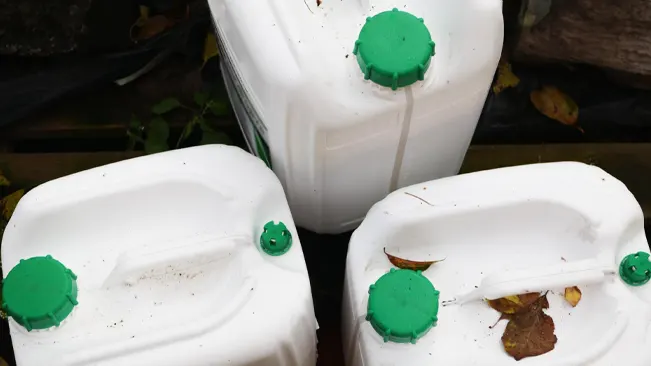
The traditional disposal of used oil, especially if not done correctly, can be environmentally detrimental, involving processes that may emit greenhouse gases or other pollutants. By using waste oil as fuel, not only is the need for such disposal methods reduced, but the energy content of the oil is also harnessed in a beneficial way. This approach not only diverts waste from landfills and potential spillage into the environment but also taps into the inherent energy value of the waste oil, providing a double benefit.
Lifecycle Analysis

Considering the entire lifecycle of a used oil heater from the extraction and processing of the materials needed to manufacture it, through its operational life, to its eventual disposal or recycling is essential to fully understand its environmental impact. This analysis includes the energy and resources consumed in manufacturing the heater, the emissions and energy use during its operation, and the environmental implications of disposing of the heater at the end of its useful life. A heater that is designed for durability, efficiency, and eventual recyclability minimizes its overall environmental footprint, contributing to its eco-friendly profile.
Is Waste Oil Heat Actually Free?
No Utilizing waste oil for heating isn’t entirely without cost. Operating such a system without proper authorization can lead to significant penalties. Acquiring the necessary permits, often from health or environmental agencies, can be a costly affair. These permits might also mandate independent analysis of the waste oil, adding to the expenses. Regulations around this practice can vary significantly by region, but generally, burning waste oil isn’t as simple or cost-free as it might seem.
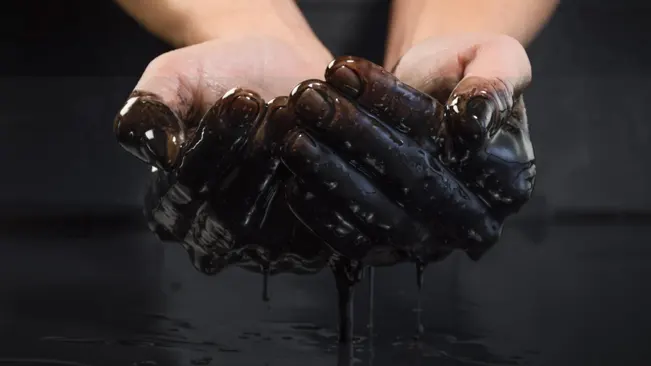
Moreover, it’s important to recognize that waste oil heaters require electricity to function. Despite being fueled by waste oil, these systems often depend on electric components for operations such as fuel delivery and air circulation. Surprisingly, some commercial models of used oil heaters are not very energy efficient, which could lead to higher than expected electricity usage. Additionally, for individuals looking to use waste oil heaters, sourcing the oil might not be free. While businesses produce waste oil as a byproduct, specialized recycling services typically collect this oil, clean it, and then sell it. Therefore, obtaining waste oil for personal use might involve purchasing it from these recyclers, negating the notion that the fuel source is entirely “free.”
What Are the Types of Waste Oil-Filled Heaters?
Forced Air Waste Oil Heaters
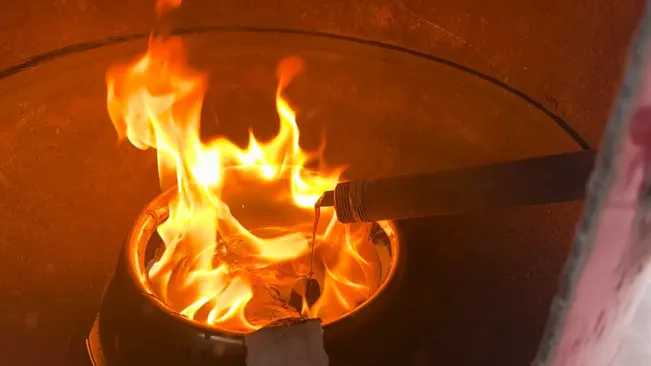
Forced air waste oil heaters are robust systems that incorporate a blower or fan to propel air across a heated exchanger. This exchanger gets its heat from the combustion of waste oil. The resultant heated air is then disseminated throughout the space, quickly elevating the temperature. This direct form of heating is highly valued in environments such as garages, workshops, and storage warehouses due to its capacity for rapid and efficient temperature control. These heaters are particularly beneficial in settings that require frequent opening of doors, as they can quickly recover lost heat.
Waste Oil Boilers
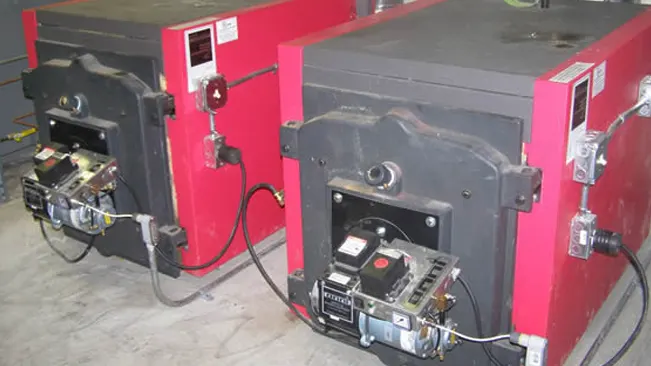
Waste oil boilers function on the principle of indirect heating. These systems combust waste oil to heat water or generate steam, which is then conveyed through pipes to radiators or radiant floor heating systems spread throughout a building. This method allows for an even distribution of heat, making it exceptionally suitable for larger structures or complexes with multiple rooms. The ability to maintain uniform temperatures across vast spaces makes waste oil boilers an ideal choice for commercial buildings, multi-unit residential properties, and industrial facilities seeking a sustainable and efficient heating solution.
Portable Waste Oil Heaters
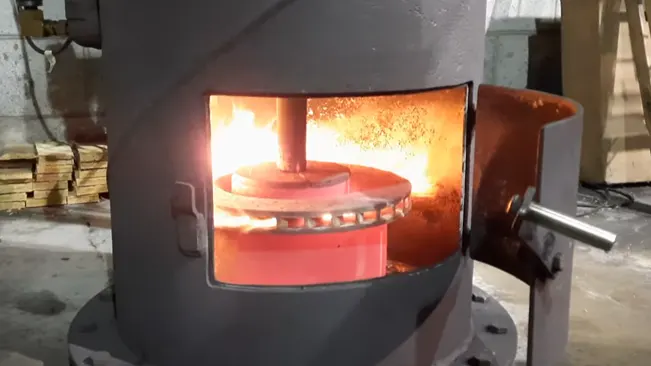
Designed for versatility and ease of movement, portable waste oil heaters offer a compact and mobile heating solution. These units are engineered for situations where fixed heating installations are impractical or for temporary heating requirements. Despite their smaller size and lower heating output compared to their stationary counterparts, portable heaters are capable of providing substantial warmth, making them perfect for job sites, outdoor events, or as supplemental heating in large, drafty areas. Their portability allows for targeted heating, focusing warmth exactly where it’s needed.
Radiant Waste Oil Heaters

Radiant waste oil heaters stand out by providing heat through infrared radiation, directly warming people, objects, and surfaces within their vicinity without heating the surrounding air. This method is particularly efficient in open or poorly insulated environments where traditional heating methods might result in significant heat loss. Radiant heaters can be strategically placed to focus warmth in desired areas, making them ideal for outdoor patios, workshops, and agricultural buildings. Their ability to deliver heat directly to where it’s most needed helps in reducing energy consumption and improving comfort levels in challenging environments.
Conclusion
In summary, waste oil heaters offer a sustainable and efficient way to convert what would be environmental waste into valuable heat. These systems not only save costs for those producing waste oil but also benefit the environment by reducing emissions. Their versatility in handling various waste oils makes them a suitable choice for diverse heating requirements. Adopting waste oil heaters is a step toward a greener, more sustainable future, showing that with innovative technology, waste can become a precious resource.
FAQs
- What types of waste oil can be used in a waste oil heater?
Waste oil heaters can typically use a variety of oils, including used motor oil, vegetable oil, transmission fluid, and even some synthetic oils, depending on the heater’s design and specifications. - How cost-effective are waste oil heaters compared to traditional heating systems?
Waste oil heaters can be significantly more cost-effective, especially for businesses that produce a lot of waste oil. By using waste oil as fuel, these businesses can reduce or eliminate heating fuel costs. - Are waste oil heaters environmentally friendly?
Yes, by repurposing waste oil into heat energy, these heaters prevent the oil from ending up in landfills or waterways, reducing environmental pollution. Additionally, they help in cutting down the carbon footprint associated with heating. - Can I use a waste oil heater in a residential setting?
While waste oil heaters are more commonly used in commercial or industrial settings, there are smaller models designed for residential use. However, it’s important to consider local regulations and the availability of waste oil. - What is involved in maintaining a waste oil heater?
Regular maintenance typically includes cleaning the combustion chamber, checking and replacing filters, and ensuring the fuel delivery system is free of blockages. It’s essential for efficient and safe operation.

Joel Cunningham
Forestry AuthorI'm Joel Cunningham, an expert in pruning and weed management with over a decade of experience. My skills are rooted in formal training and extensive practice, focusing on advanced pruning techniques and efficient weed control. I'm known for my quality work, precision, and deep understanding of plant health and soil dynamics. My contributions extend to educational initiatives where I share sustainable practices and advice, establishing myself as a reliable and authoritative figure in the gardening community.













Leave your comment